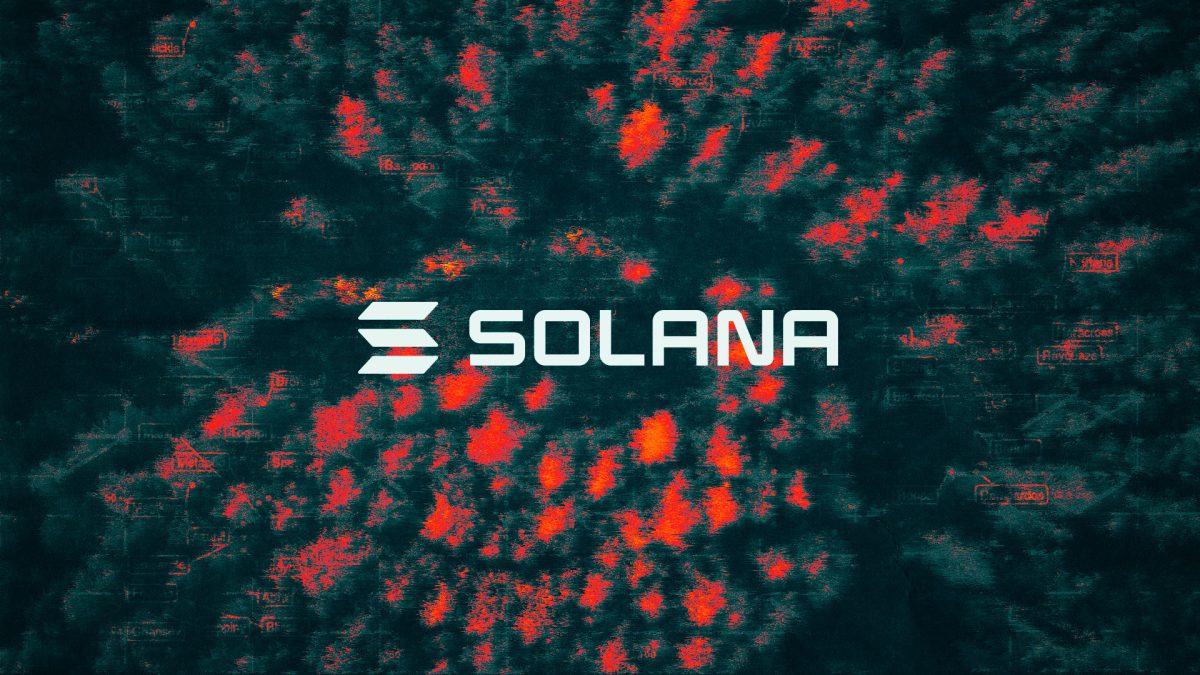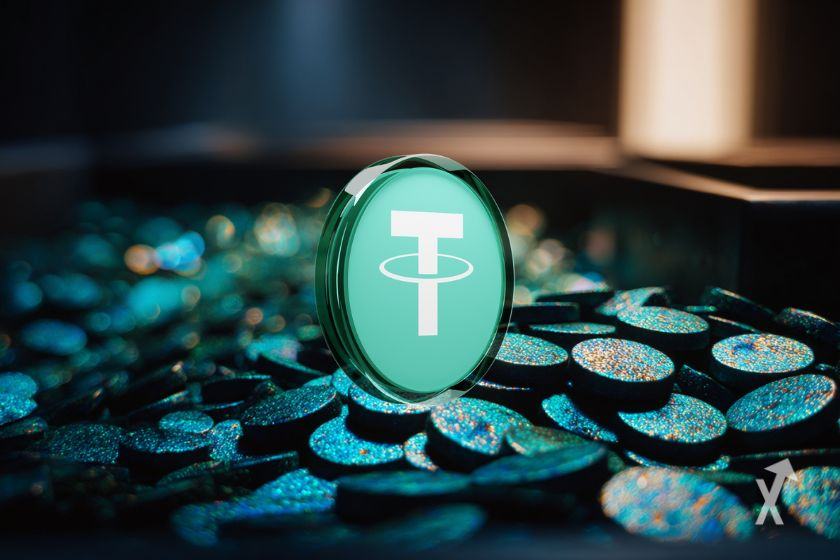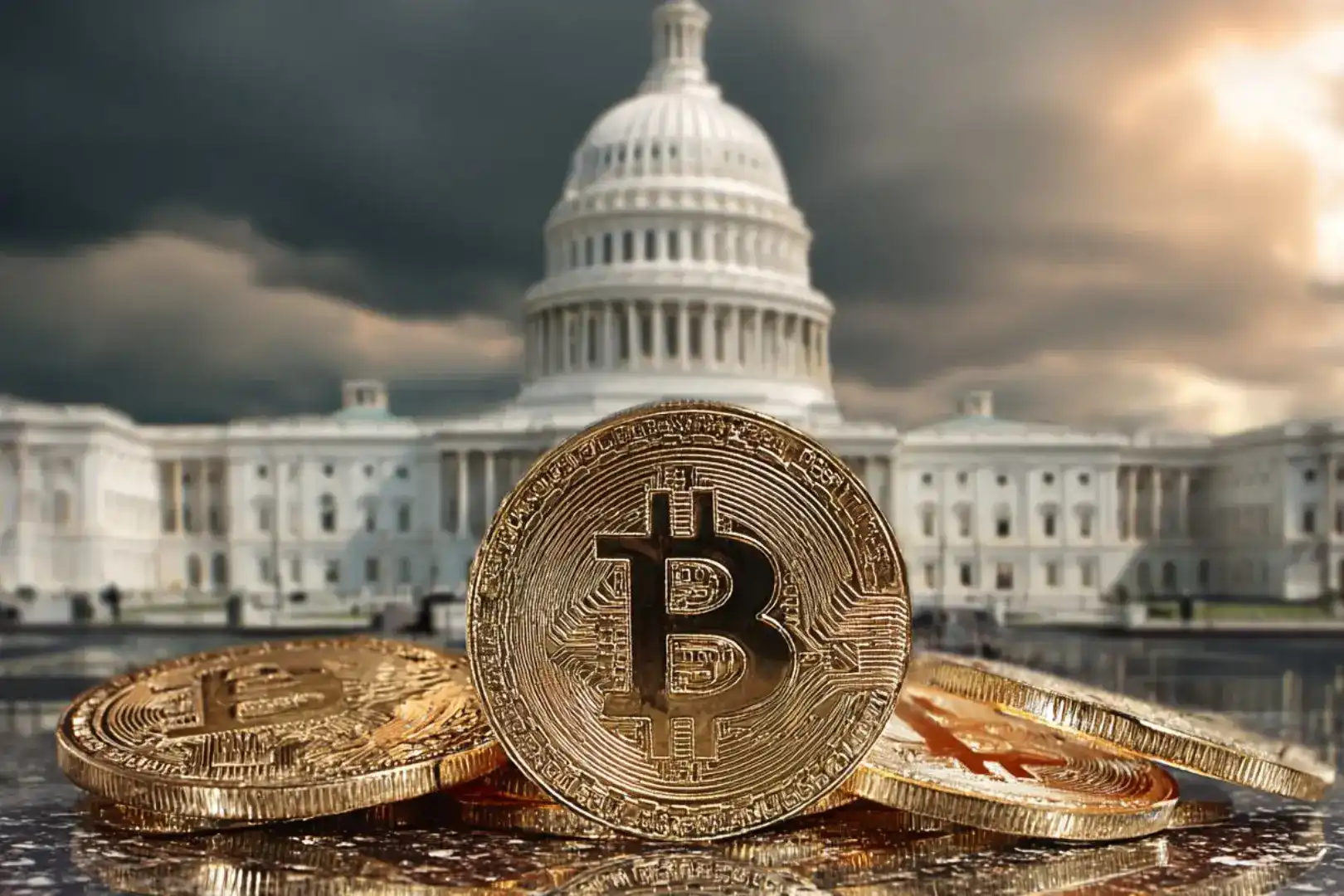Grayscale spot Solana ETF sees $1.4M inflows on debut as over $500M exits Bitcoin and Ethereum funds
Quick Take Grayscale’s new U.S. spot Solana ETF registered $1.4 million in net inflows on its Oct. 29 debut, following conversion from a closed-end trust. Bitwise’s new BSOL product added another $46.5 million, while the combined Bitcoin and Ethereum ETFs saw over $500 million exit amid the Fed’s latest interest rate decision.

Grayscale's new U.S. spot Solana exchange-traded fund, GSOL, attracted modest net inflows of $1.4 million on its Oct. 29 debut, according to Farside and SoSoValue data, having completed its conversion from a closed-end trust.
In comparison, Bitwise's BSOL, which launched a day earlier, added another $46.5 million on Oct. 29 to the $69.5 million worth of net inflows it brought in on day one.
Off the back of generating $57.9 million in trading volume on Oct. 28 — the most of any ETF launch first day this year — BSOL saw nearly $75 million in volume on day two, described by Bloomberg Senior ETF Analyst Eric Balchunas as a " huge number ."
Grayscale's GSOL, which commands a higher fee of 0.35% compared to 0.2% for BSOL, saw $4.9 million in trading volume on its first day, with Bitwise's first move advantage enabling it to take an early lead, and more Solana ETF issuers, including Fidelity, VanEck, and 21Shares, expected to follow. "Being just one day behind is actually really huge. Makes it so much harder," Balchunas said.
In July, REX-Osprey launched the first U.S. ETF offering Solana exposure with native staking rewards under the Investment Company Act of 1940, rather than the usual 1933 route used by BSOL and GSOL. The fund, SSK, holds a majority of its assets in directly staked SOL, with additional exposure through exchange-traded products and a small allocation to liquid staking tokens.
During the U.S. government shutdown, the SEC allowed ETF issuers to proceed without direct staff review by filing final S-1s without delaying amendments and utilizing newly approved generic listing standards for commodity trust shares, thereby enabling launches such as BSOL and GSOL to move forward despite limited operations.
U.S. spot HBAR and Litecoin ETFs see first inflows as Bitcoin and Ethereum funds lose over $500 million
Canary Capital's new HBAR (HBR) and Litecoin (LTCC) ETFs, which also launched on Oct. 28, saw $7 million and $1.5 million in respective trading volume on Oct. 29, compared to $8.6 million and $1.4 million on day one.
They also attracted their first net inflows, with HBR adding $2.2 million and LTCC $485,000 on Oct. 29, per SoSoValue data.
Meanwhile, the combined U.S. spot Bitcoin and Ethereum ETFs witnessed net outflows of more than $500 million on Oct. 29, as Federal Reserve Chair Jerome Powell struck a more hawkish tone despite delivering another 25 bps rate cut .
The Bitcoin ETFs dominated the outflows, with $470.7 million exiting the funds, led by $164.4 million in net outflows from Fidelity's FBTC, according to data compiled by The Block, amid $7 billion in combined trading volume.
The Ethereum ETFs fared better, witnessing $81.4 million in net outflows overall, again led by Fidelity's FETH, which saw $69.5 million in outflows. The Ethereum ETFs saw a combined $2.4 billion in trading volume on Oct. 29.
Bitcoin and Ethereum are both trading down 2.4% over the past 24 hours at $110,055 and $3,897, respectively, according to The Block's prices page , while Solana and Litecoin fell 0.9% and 0.2% to $192 and $97. HBAR is the only gainer among the group, up 4% in the past day to $0.20.
"Markets were blindsided less by the rate cut itself than by Chair Powell's emphasis that a December reduction is not automatic. Powell's tone removed forward certainty and tightened financial conditions," BRN Head of Research Timothy Misir said, adding that ETF flows "exacerbated the move."
Disclaimer: The content of this article solely reflects the author's opinion and does not represent the platform in any capacity. This article is not intended to serve as a reference for making investment decisions.
You may also like
A $500 billion valuation giant is emerging
With a valuation comparable to OpenAI and surpassing SpaceX and ByteDance, Tether has attracted significant attention.

Prediction markets meet Tinder: Can you place bets on Warden's new product by simply swiping left or right?
No need for chart analysis, macro research, or even inputting the amount of funds.

Why does bitcoin only rise when the U.S. government reopens?
The US government shutdown has entered its 36th day, leading to a decline in global financial markets. The shutdown has prevented funds from being released from the Treasury General Account (TGA), draining market liquidity and triggering a liquidity crisis. Interbank lending rates have soared, while default rates on commercial real estate and auto loans have risen, increasing systemic risk. The market is divided over future trends: pessimists believe the liquidity shock will persist, while optimists expect a liquidity release after the shutdown ends. Summary generated by Mars AI. The accuracy and completeness of this summary are still being improved as the Mars AI model is updated.

Jensen Huang predicts: China will surpass the United States in the AI race
Nvidia CEO Jensen Huang stated bluntly that, thanks to advantages in electricity prices and regulation, China will win the AI race. He added that overly cautious and conservative regulation in Western countries such as the UK and the US will "hold them back."
